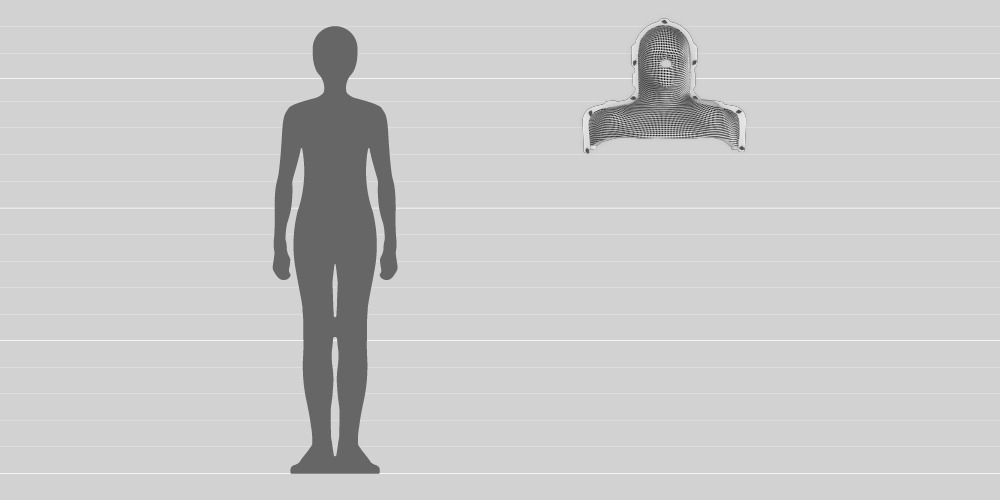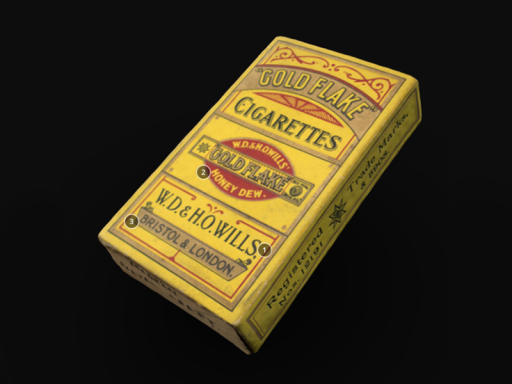
Curriculum links
About this object
This plastic mask was worn by a patient having radiotherapy for throat cancer in 2017. Radiotherapy involves sending beams of high-energy radiation (normally X-rays or gamma rays) into the body. The radiation disrupts DNA in cells, preventing those cells from reproducing. The mask holds the patient’s head and neck steady, ensuring that the beam can be targeted precisely at the cancerous tumour, avoiding healthy tissue. Radiotherapy masks are made from mouldable plastic, so that they can be custom-made for each patient. This kind of treatment can be scary, especially for children, so some patients decorate their masks – for example with their favourite superheroes.
Radiotherapy in the future
Researchers are working on several new approaches that will make radiotherapy more effective. In one of the most promising treatments being tested at the moment, tiny metal particles are injected into the tumour. When radiation strikes them, these particles produce a stream of high-energy electrons that destroy the surrounding cells.
Learn more about this object on the Science Museum Group Collection website.
Learn more about revolutionary hospital medicine on the Science Museum website.
Discussion questions
- Would it be a good thing if humans could develop cures for all diseases? Would there be anything negative about this?
- Radiotherapy can make some people feel claustrophobic. If a life-saving treatment meant you having to face your worst fear, would you have it?
- Some children’s masks are decorated with superheroes. What characters or celebrities might make you feel courageous?



